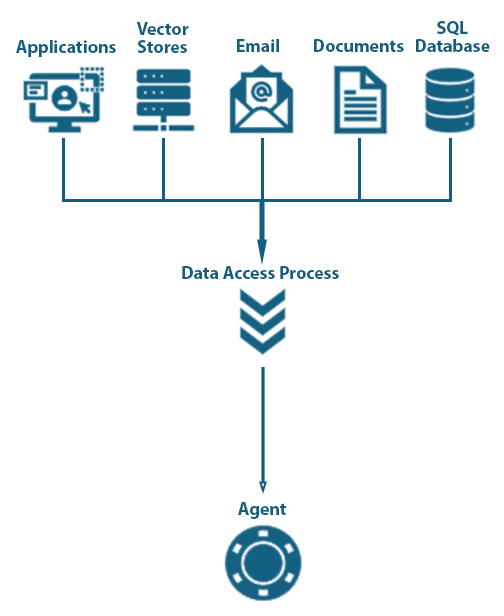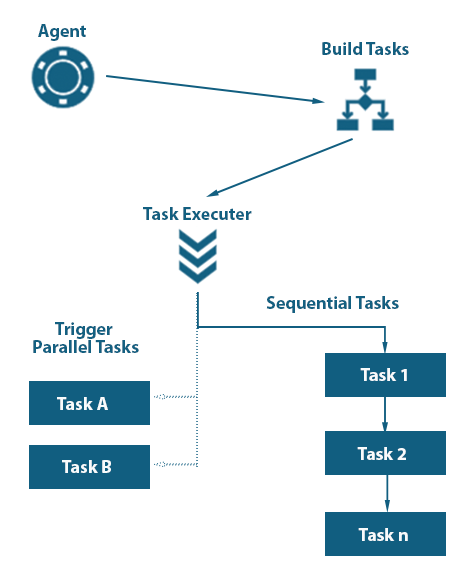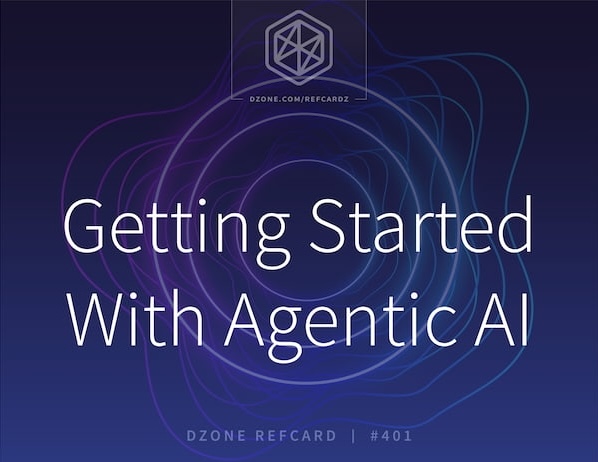Traditional automation is mostly focused on handling repetitive, rule-based tasks within structured environments. However, it often falls short when confronted with unstructured data or unpredictable scenarios. Intelligent automation was introduced to handle more advanced requirements by using AI and ML capabilities within automation solutions.
The ML models in these solutions are specialized for specific tasks, such as document processing, classification, and object detection. However, training these models and introducing them within automation solutions requires significant effort and time due to the need for large datasets, iterative model training, and the work to ensure seamless integration with systems.
While machine learning models have helped address complex scenarios, they remain limited to their specialized tasks. Agentic AI bridges this gap by enabling AI-driven agents that can interpret complex data, recognize patterns, execute tasks, and make informed decisions autonomously. This technology extends automation to a broader spectrum of organizational processes, including those previously identified as too variable and probabilistic to automate.
Agentic automation is the means by which enterprises can leverage agentic AI and AI agents at scale, securely and productively. It provides the technology and infrastructure to orchestrate the activities of agents, RPA robots, and people.
Understanding agentic AI requires a solid understanding of agents' characteristics and their components, some of which are listed as follows:
- Autonomy. Agents operate independently, assessing situations and executing tasks without constant human oversight.
- Goal oriented. Agents are designed to achieve specific objectives, formulating strategies to meet defined goals efficiently.
- Proactive decision making. Agents are capable of identifying user needs and initiating actions rather than merely responding to external commands.
- Adaptability. Agents automatically adjust to changing conditions, learning from interactions to improve performance over time.
- Self-learning. Agents use different techniques to learn from experience and automatically enhance their capabilities.
Key Components of Agents
Implementing agents in agentic automation solutions requires several foundational components. These components form the backbone of intelligent agent functionality.
Data Sources and Integration
Agents consume structured, semi-structured, and unstructured data. The data sources that the agents consume can vary from structured SQL databases to unstructured emails and documents. Agentic solutions integrate with different data sources through various integration techniques to access the important data required for their operations. For example, a logistics agent might combine shipment data from APIs with customer feedback stored in text files to optimize delivery routes.
Figure 1: Example data sources for agents

Intent Recognition and Decision Making
Agents interpret user input and determine the best course of action using techniques such as:
- Natural language understanding to process unstructured queries
- Decision models to evaluate and prioritize tasks based on goals and constraints
For example, a customer service agent understands a question like, "What is the status of my order?" and determines whether to fetch data or escalate the query.
Memory and Context Management
Memory enables agents to recall past interactions, ensuring consistency and personalization. Common memory storage options include in-memory storage for short-term interactions, database (SQL or graph) for structured and retrievable long-term memory, and distributed storage solutions for large-scale and collaborative agent ecosystems.
Context management complements memory by allowing agents to adjust workflows based on evolving circumstances. For instance, an agent generating monthly reports remembers client-specific preferences, such as formatting styles or delivery methods, ensuring a seamless and tailored experience.
Feedback Loops and Self-Improvement
A key component of agents is self-improvement. Agents continuously evaluate their performance using feedback mechanisms, refining their decision-making processes over time. Feedback mechanisms might include user input, system logs, and performance metrics. For example, agents could use reinforcement learning to optimize decisions based on successful task outcomes, or leverage feedback from human users to refine understanding of ambiguous intents.
These mechanisms allow agents to identify inefficiencies, correct errors, and adjust to new data or scenarios. This iterative learning process for agents ensures that agentic automation remains highly adaptable to changing requirements and continuously improves its effectiveness.
Dynamic Task Orchestration
Agents must coordinate complex tasks, often involving dependencies or parallel execution. This also sometimes includes coordinating tasks with multiple agents specialized for certain activities. Dynamic orchestration ensures that tasks are completed with the right resources, in the right order, using the most optimal methods.
Figure 2: Dynamic task orchestration example





